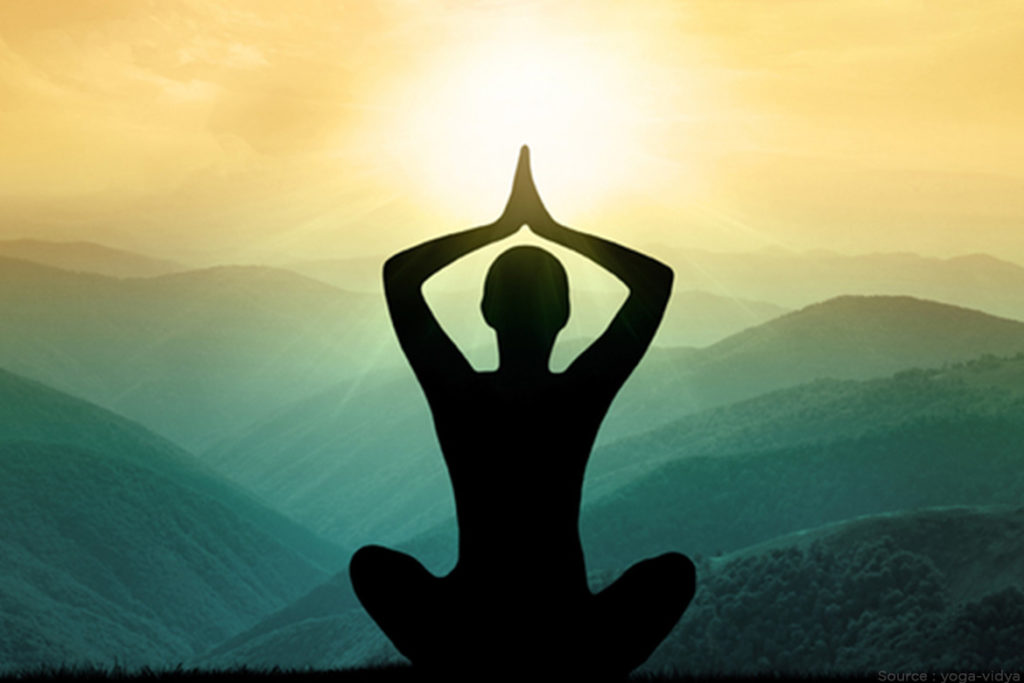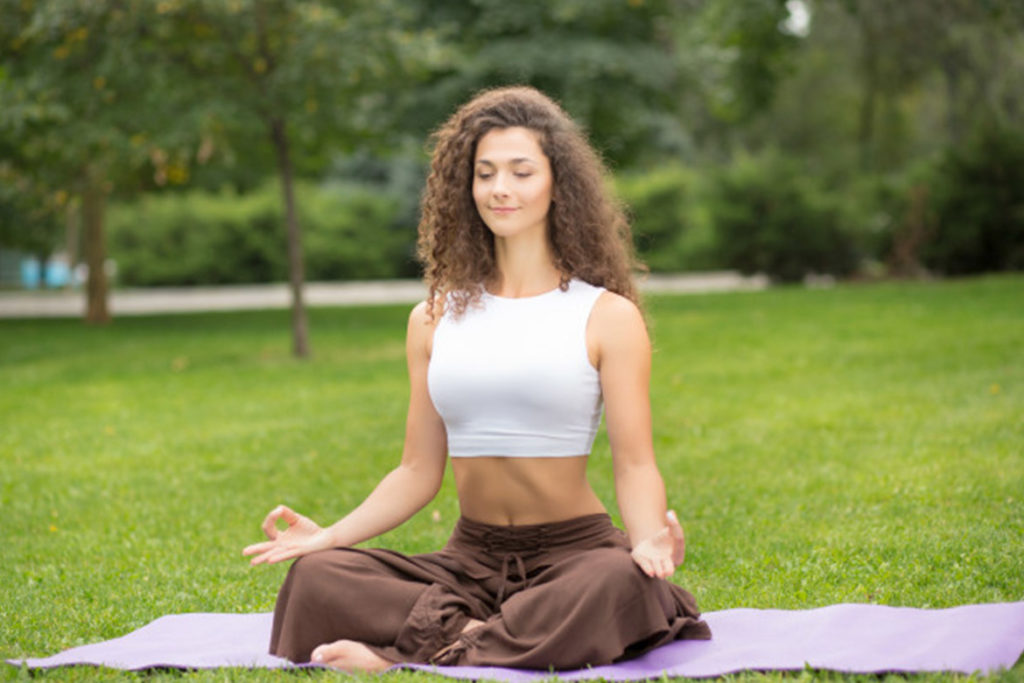- Overview
Meditation is an ancient technique that is still practiced in cultures all over the globe to create a sense of calm and inner harmony. The practice has been associated with many religious teachings. Meditation is not about faith. It is about altering consciousness, awareness, and achieving inner peace. Nowadays, amidst busy schedules, increased stress levels and demanding lives, meditation is gaining popularity.
Also Read:-How Has Meditation Changed Your Life?
Meditation is a transformational method that helps to relax and improves overall well-being. One can try a variety of meditation techniques. Learning how to meditate may seem like a daunting task for beginners, but the basics are pretty straightforward. Meditation is an activity to cultivate compassion and awareness which are the foundation for a healthy and happy life. Through the practice of meditation techniques, we build stability of mind.

Although there isn’t a right or wrong method to meditate, it’s important to find a technique that meets your needs and complements your personality. Not all meditation techniques are appropriate for everyone. It requires different skills and mindsets. So, how to identify appropriate meditation techniques? The answer is, it’s what feels comfortable and what you feel encouraged to practice. Here are various meditation techniques to start with.
- Focused Meditation
It is a straightforward technique since it uses our breath to focus attention, to anchor the mind and maintain awareness. If your mind starts wandering, return to the breath. Focused meditation involves improving concentration with the help of five senses. For example, you can bring in external factors to help focus your attention. Try staring at a candle flame or counting mala beads. This practice sounds simple but it can be difficult for beginners to hold their focus for longer at first. If your mind wanders, it’s important to come back to the practice and refocus. As the name suggests, this practice is ideal for anyone who requires focus or concentration in their life.
Also Read:-How to start a meditation habit?
- Body scan.
Often, our body is doing one thing while our mind is wandering. It is designed to sync the body and mind with the help of a body scan, from the top of the head to the toes.

- Noting
Whether you are focusing or sitting in quiet, this technique involves “noting” what’s distracting the mind, to the extent that we are caught up in a thought or emotion and we’ve lost our awareness of the breath or the focus. “Note” the thought or feeling to regain awareness and space. This will help you to let go and to learn about thought patterns, tendencies, and conditioning.
- Visualization
This meditation technique invites you to picture something or someone in your mind. Replace the breath with an image as the object to focus. It can be challenging to some, but it’s no different than recalling the face of an old friend without effort. With the help of a specific visualization, we not only get to observe the mind, but we also get to focus on physical sensations if any.
Also Read:-How do I learn some simple, practical ways of doing meditation?
- Loving-kindness
Focus on the image of different people. It doesn’t matter if we know them or not if we like them or not. It is an integral part of the technique. One can direct the positive energy and goodwill to themselves as well as others. It helps us let go of sadness we may be experiencing.
- Skillful compassion
Similar to the loving-kindness meditation technique, skillful compassion technique involves focusing on a person you know or love. Concentrate on the sensations arising from the heart. By opening the heart and mind for the well-being of others, one can foster a feeling of happiness in the mind.
- Resting awareness
Rather than focusing on the breath or visuals, this meditation technique involves the calming down of the mind. The thoughts may enter, but instead of distracting you from the present moment, they drift away.
- Mindfulness meditation
Mindfulness meditation originates from Buddhist teachings. It is the most popular meditation technique in the Western world. In mindfulness meditation, pay attention to your thoughts. Do not judge the thoughts or get involved with them. Just observe and take note of patterns if any. It combines concentration with awareness which helps to focus on an object while observing any bodily sensations, thoughts, or feelings. This technique is good for people who don’t have a teacher to guide them, as it can be practiced alone.

Also Read:-How can I stop thoughts while meditating?
- Spiritual meditation
It is widely used in Eastern religions including Hinduism, Daoism, and Christian faith. Spiritual meditation is a kind of prayer where one seeks a deep connection with God in silence. Spiritual meditation is easy to practice at home. It is beneficial for those who seek spiritual growth.
- Movement meditation
Although many think of yoga when they hear movement meditation, this technique includes walking, jogging, gardening and other gentle forms of physical activity. It’s a meditation technique where the movement guides you. Movement meditation is beneficial for people who enjoy activities and prefer to let their minds wander.
- Mantra meditation
Mantra meditation is prominent in many teachings such as Hindu and Buddhist. This meditation technique uses a repetitive sound to help focus the mind. It can be a word, phrase or sound like “Om.” It doesn’t matter if the mantra is spoken loudly or quietly. After chanting the mantra you will be more alert and in tune with your environment. It allows you to experience a deep level of awareness. Many people enjoy mantra meditation because it is easier to focus on a word than a breath. It is also a good practice for people who don’t like silence and enjoy repetition.
Also Read:-What are the purposes of meditation? What are the different effects of meditation?
- Transcendental meditation
Transcendental meditation is the most popular technique of meditation around the globe. It is the most scientifically studied. This meditation technique is easy to customize than mantra meditation. It uses a mantra or words that are specific for every practitioner. This practice is for those who like structure and wants to maintain a meditation practice.
